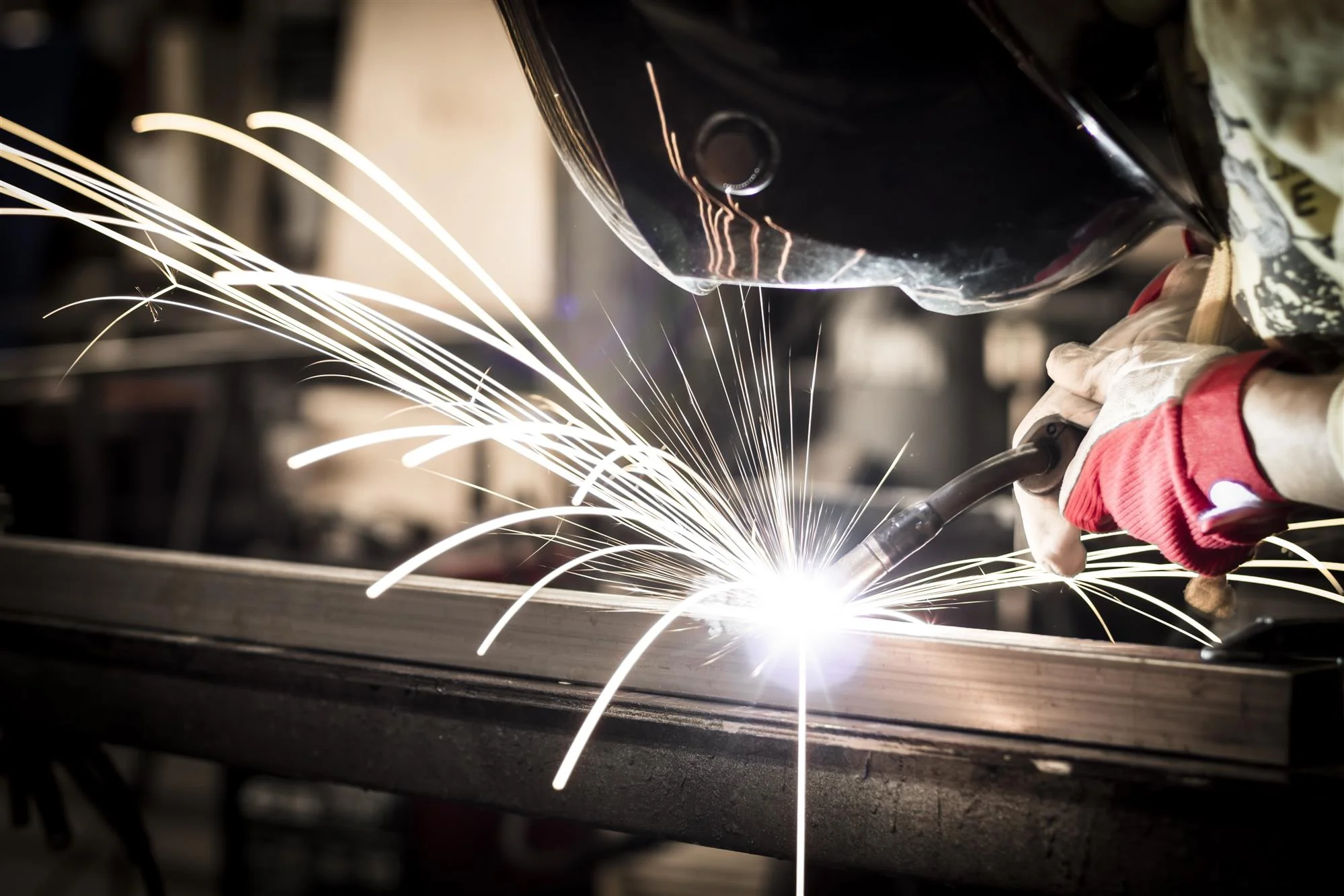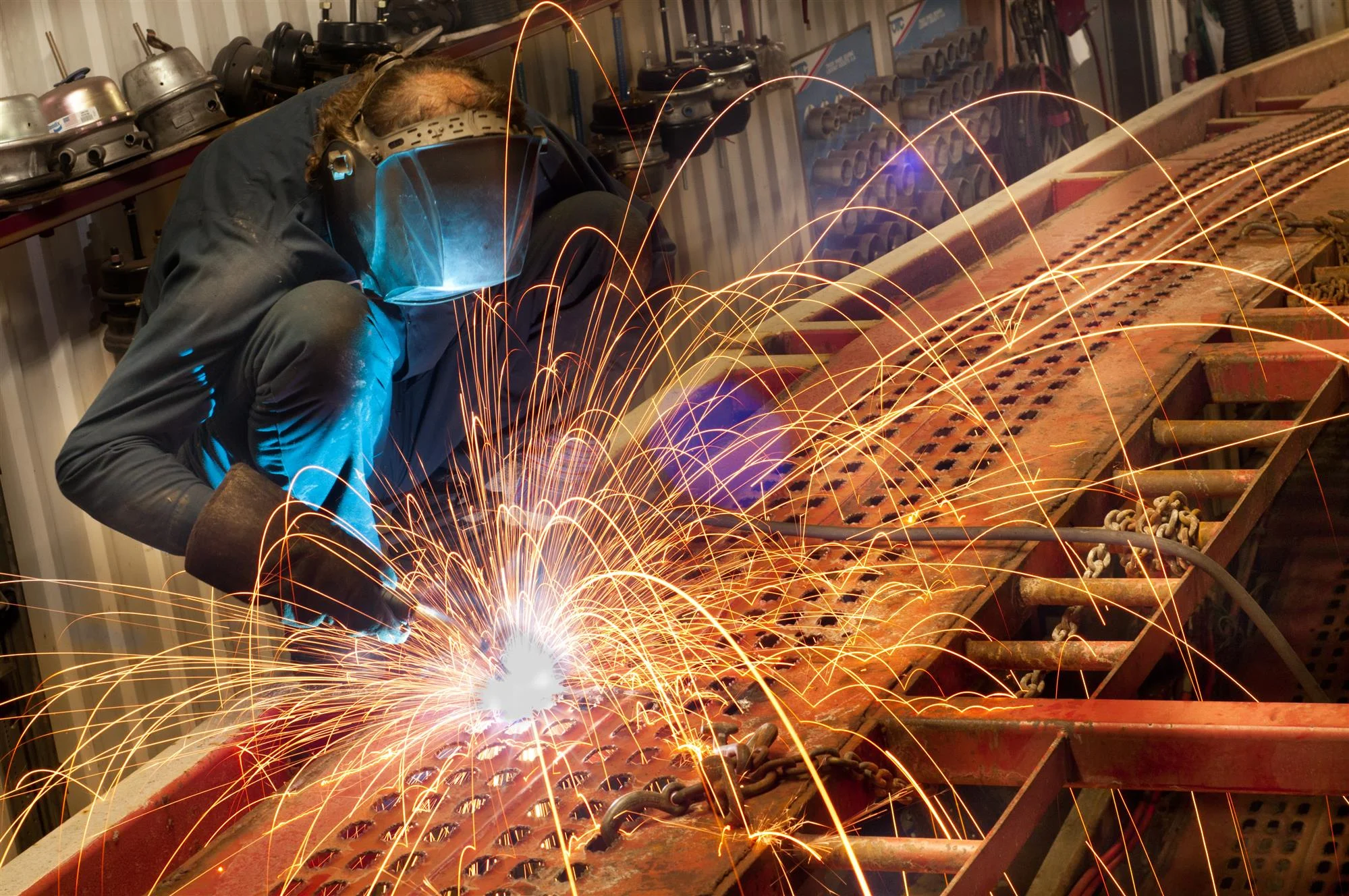Press brakes are a necessity to almost any metal fabrication shop. Unfortunately, despite being one of the most important and desired pieces of machinery in a shop, they’re still misunderstood—even by professionals. To help you better understand press brakes, we put together this short, layman’s-level guide.
What Are Press Brakes?
Press brakes are machines that form lengths of sheet metal. These sheets are typically used in manufacturing, industrial applications, or as components for other devices. Most press brakes are rated by their capacity to press metal and their overall bending length; this is expressed in numbers (e.g., total PPI, or pounds of pressure per inch). They come in many forms and often are equipped with tooling and add-ons designed to create highly customized components. Press brakes fall into two main categories: mechanical and hydraulic. In the next sections, we’ll break down the difference and explain the prominent features of each style.
Mechanical Press Brakes
Mechanical press brakes operate via a motor inside the device. This motor spins a large flywheel at high speeds. The machine operator controls the flywheel through a clutch, which then sets the rest of the parts into motion to bend the metal. The mechanical press brake is much more straightforward, especially regarding its electronics, making maintenance and operation easy. They can also handle tonnages two to three times higher than their inherent rating, due to the nature of the mechanisms. The primary disadvantage of using mechanical press brakes is that the ram inside the machine must complete a full cycle when engaged and cannot be reversed. This creates some safety concerns if the operator makes a mistake and sets some limitations on the machine. One possible hazard is the potential for the press brake to become locked if the ram travels too far.
Hydraulic Press Brakes
Hydraulic press brakes apply pressure via hydraulics to force the ram down, instead of relying solely on mechanics. They may have more than one cylinder and give the operator more precise control over the bend. The result is a highly accurate and customizable bend. Like mechanical press brakes, hydraulic press brakes do have some specific disadvantages. Primarily, they cannot exceed the range of their rated tonnage. If your project requires flexibility, mechanical press brakes may be preferred.
Press Brake Controls
Early generations of press brakes only had one axis of motion to make bends. They were much more limited compared to modern machines with 12 or more programmable axes of movement. Modern press brakes are highly precise and create graphical representations of the end result to aid the operator. Newer computers have dramatically reduced the setup time as well. They’re able to quickly calculate optimal settings based on materials being used, its dimensions, and the desired results. These calculations used to be done by hand, back in the day.
Types of Bending
There are two ways press brakes can bend metal. The first is called bottom bending because the ram will press the metal to the bottom of the die. Bottom bending results in highly accurate bends and relies less on the press brake machine itself. The downside is each tool is they're made to create one specific bend, so you’ll need to purchase a new one for every angle you want to make. Air bending leaves an air pocket between the ram and the bottom of the die. This allows the operator to accommodate for any spring back the material might provide. These types of dies only need to be changed if the material’s thickness is too much. Air bending’s drawback is the accuracy of the angle is affected by the material’s thickness, so the ram needs to be changed out accordingly.
There’s no denying that press brakes are one of the most useful tools an industrial-grade metalworker can have. Does your practice need an excellent press brake? Quantum Machinery Group has everything your business needs to succeed.




















